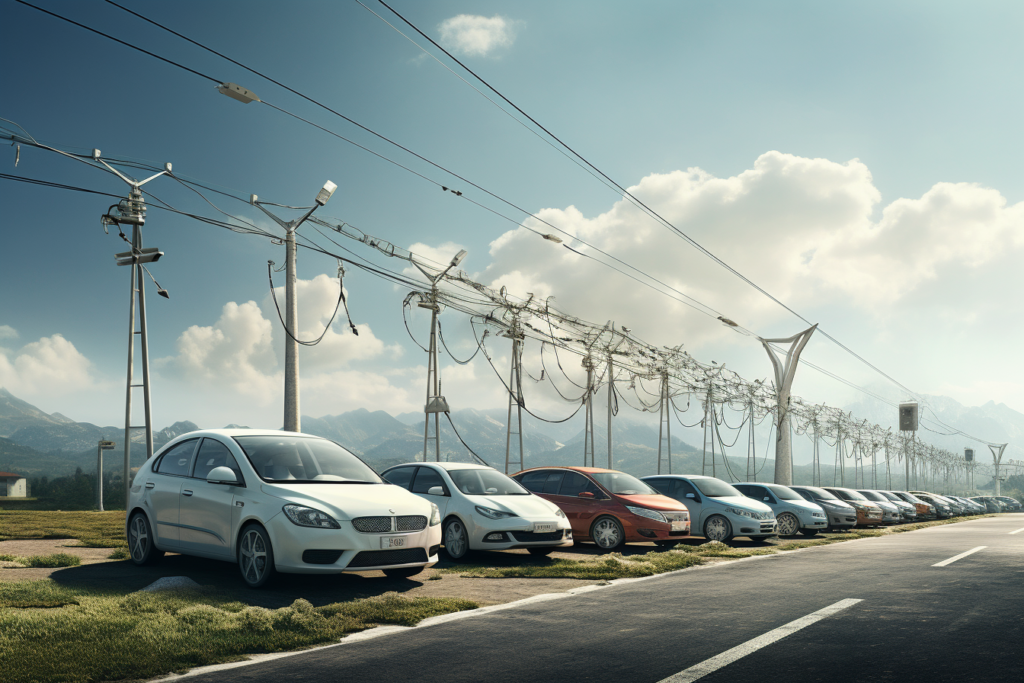I wanted to go through the ideas I worked on and what the learnings were. To kick it off, here is what I said I wanted to build in Antler before it started.
V2G Grid Balancing

This was one of the ideas I had on my mind for a very long time. Basically, you take the battery of a BEV (Battery Electric Vehicle) and connect it to the charger. Then, you instruct the car or charger to not only charge the battery but also discharge the battery back to the grid.
Why use car battery
it is becoming more common to get residential batteries such as these. They cost around $17000 with a capacity of 10kWh. Common BEV (Battery Electric Vehicle) now has a capacity 5x that and only costs 2x the cost of the residential battery. Not to mention, you get the whole driving around feeling better than everyone else part for free if you look at it that way 🙂
The car battery that many people already have sitting in their driveway most of the time is more cost-effective than a residential one. Why not use it for something other than moving a metal box with squishy content around?
Why grid balancing
You might think that the battery should be then used for arbitrage – buy the elctricity when the price is low and use or sell it when the price is high. This is not a bad idea, of course. Check the current prices to see that the prices move around a lot, even during a single day, so there is an opportunity for sure.
However, even more lucrative and better for electric grid stability is to balance the grid’s frequency – I think of it as making sure that energy supply and demand is always as close as possible. If they are not, bad things happen… but I am sure I’ll write about frequency balancing some more in the future.
Why Not?
The main issue is that car manufacturers, in general, don’t make it possible to use batteries for this kind of operation. Using a battery in this manner could have a negative impact on the life of the battery, so I suspect no carmaker wants to open this can of worms.
That being said, there are cars that are able to do this even now. Namely, Nissan’s Leaf and eNV-200 use CHAdeMO connector/system. The dominant (at least in Europe) CSS system doesn’t support bi-directional charging as far as I know.
I even got a chance to speak with people behind some of the V2G projects, which was a great way to learn more about them and the space. What I learned is that it always requires a lot of parties, including the grid operator, to participate, which does not spell startup fast to me.
The final nail for me was gathering feedback from venture partners. They explained to me that it is a brilliant idea, which is why every sensible utility company is trying to do the same, but with way more resources and domain knowledge.
Wait, you said multiple ideas
Yeah, I know, but this already feels quite long. Let’s do peer-to-peer home improvement investments for the following post.
